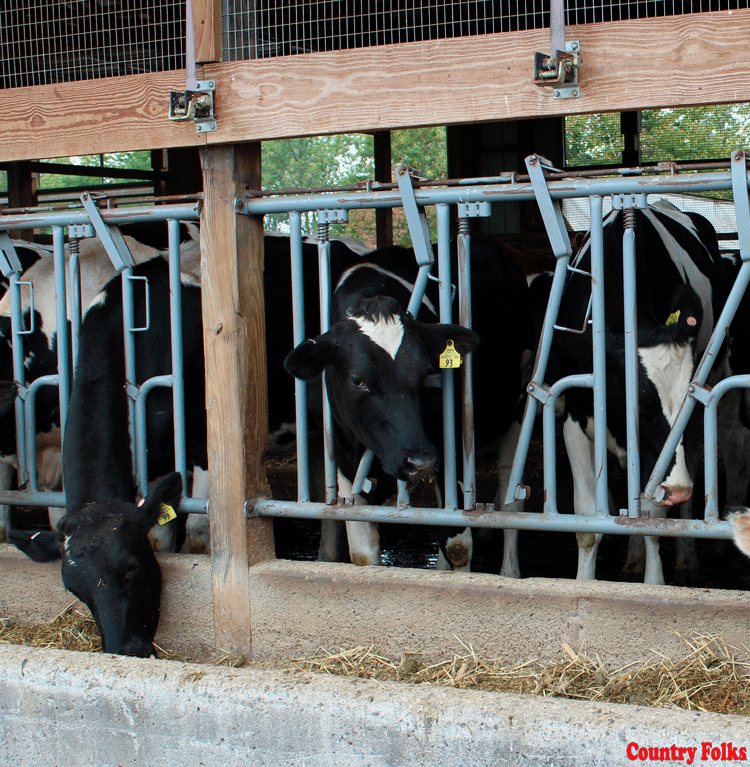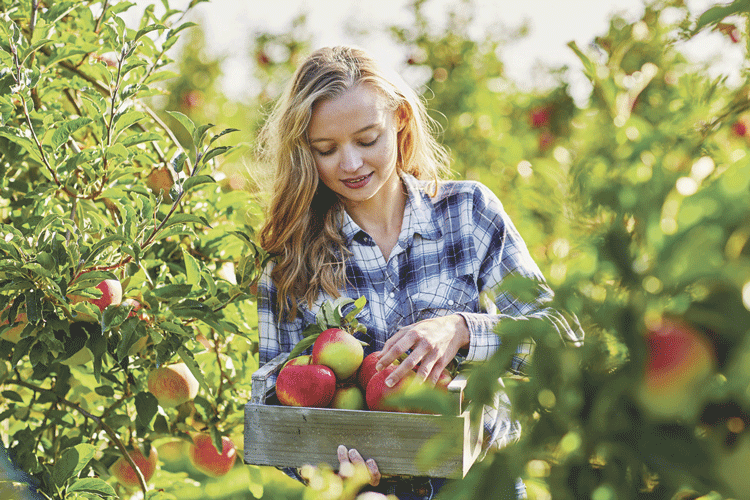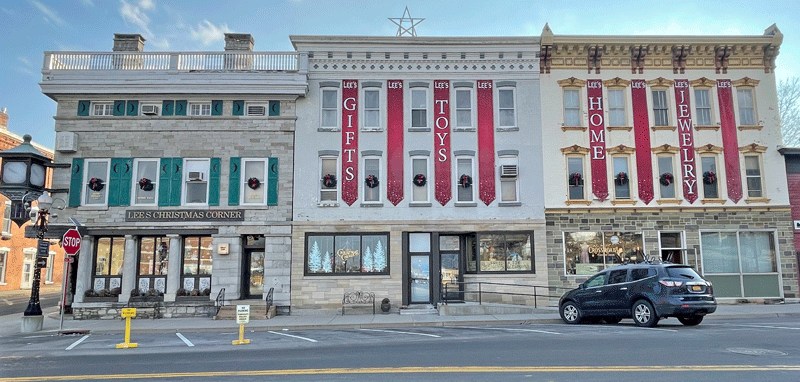 By Emma King, University of Massachusetts Department of Pre-Veterinary and Animal Sciences
By Emma King, University of Massachusetts Department of Pre-Veterinary and Animal Sciences
Every January, students from several New England universities spend a week touring dairy farms on a trip known as the Winter Traveling Dairy Tour. This year was the 17th consecutive year of the tour. Graduate and undergraduate students from the University of Massachusetts, University of Maine, University of Connecticut, and University of New Hampshire traveled to dairy facilities in Connecticut, Massachusetts and New York. This was made possible by the detailed planning of Dr. Shelia Andrews from the University of Connecticut, the support of Dr. Peter Erickson from the University of New Hampshire, Dr. David Marcinkowski from the University of Maine, Dr. Mark Huyler from the University of Massachusetts, and a very generous grant from the Northeast Farm Credit AgEnhancement Program.
The tour started by gathering at the University of Connecticut’s Kellogg Dairy Farm. They milk about 100 Holstein and Jersey cows three times a day. Students do the third milking, working about 12 hours/week, in exchange for room and board near the farm. UConn’s Kellogg Farm won multiple awards in 2013, including the AgriMark Top Quality Award in the Region and the Gold Winner in the National Dairy Quality Awards Program of the National Mastitis Council. The success can be tasted in their delicious ice cream that comes in a variety of flavors such as Banana Chocolate Chip and Husky Tracks!
Next we headed to Graywall Farm, run by a father and son. They milk approximately 550 cows in a double 14 parlor, four times a day. This intensive milking schedule sets them apart from the other farms. The utilities are in a separate room, resulting in a remarkably quiet milking parlor. The cows seem to appreciate this reduction of stress, since they could be seen chewing their cud and came up to the fence to greet visitors. Graywall Farm is a member of “the Farmer’s Cow” cooperative that produces over 20 percent of Connecticut’s milk. The Chesmers diversify their farm by making cheese, ice cream, non-dairy beverages (such as ice tea and lemonade) and by operating a lunch counter in a neighboring town.
The third farm, Ned Ellis’ Maple Leaf Farm, is also a member of “the Farmer’s Cow.” Approximately 170 cows are milked here. Mr. Ellis’ implies that it is well worth the work to obtain a lower somatic cell count, so that the milk can be sold at the highest grade. Each cow is equipped with an activity collar which has improved heat detection. This farm’s income is supplemented with a cellphone tower, disguised as a flagpole, and solar panels which provided for 40 percent of the farm’s electrical demand. The cows relax on mattresses and sawdust. Since the manure collection is bottom fed, no sand can be used. Along with cornmeal, soybean and citrus palm, cotton seeds are mixed into the feed.
At Arethusa Farm, the 350-plus Brown Swiss, Holstein and Jersey cows have clipped udders, debris blown off every day, and their tails are washed twice a day. No cow lies in manure. Over two-thirds of the herd is separated as solely show cows. They are given a different diet and access to eight pastures for exercise. Milking cows will soon be able to enjoy an indoor exercise arena when weather is disagreeable. Two convenient features of this farm include a track feeder and maternity pens that have gaps in the sides big enough for only a person to walk through. Tour Guide Matt Senecal admitted that this type of dairy farming is not self-sustaining but rather is a means of public education.
The second farm on the second day was run by two brothers, Christoper and Todd Hannan. The farm is based on scattered plots of rented land, which wears on equipment and adds traveling time. Fifty percent of the farm’s profit comes from making hay, which greatly alters the approach to providing bedding for the cows. The 35 Holstein cows, one-third of which are red and white, are bedded on indigestible corn stalk.
The herd management at the Abbey of Saint Regina Laudis provided a juxtaposition to the other dairies. Five cows are milked by hand twice a day. This milk is served raw at the convent dinner table. The rest of the milk is used to make a wide variety of cheeses. The nuns did not start out as farmers, but they enjoy using their advanced academic degrees to preserve traditional techniques.
On the third day we visited two neighboring farms, the first was Freund’s Farm. This farm is located near a stream, so Mr. Freund is careful to maintain buffer zones between the livestock and the water source. The cows are milked in a double 10 parlor inside a greenhouse. This allows for more light and ventilation.
The second largest dairy on the tour was Laurelbrook Farm, which is on its fourth generation of Jacquier family ownership. Even with a stock of 1,050 lactating cows, it was surprising to discover that 27 percent of the calves had been misidentified when compared to their newly implemented genomic testing. Laurelbrook Farm is concerned about public perceptions, so a Temple Grandin styled corral is utilized and odor is minimized.
The Coon Brothers’ tactic for their farm is to provide excellent feed to their 350 Holstein and Guernsey herd. This way, time that would have been spent on herd management can be spent on tending to their 2,000 acres of hay, corn, and soy crops. In New York, they are surrounded by rich, well-educated neighbors that are glad to rent the crop land at a reasonable price. The Guernsey cows produce a higher fat content of 3.9 percent and are milked in a double 10 parallel parlor which is pooled as “Hudson Valley Fresh.”
Tollgate Farm was started in 1993 and has the lowest milk somatic cell count of the farms we visited. The Davenports’ are consistently given the Northeast Dairy Herd Improvement Cooperative High Quality Milk Award, Agrimark Region 1 Top Quality Producer, Agrimark Cooperative Top Quality Herd, NMC National Dairy Quality Award, and the AgriMark Quality Award. This prestige is obtained by 64 Holsteins and Ayrshires in tie stalls, milked by pipeline. The rest of the herd is housed in free stalls on packed bedding and are let out to pasture daily for exercise. Tollgate Farm is a member of the “Hudson Valley Fresh”cooperative.
Finally on the last day, we visited High Lawn Farm. Besides its beautiful clock tower, the major attraction was two robotic milking machines that were installed last September. A barn had to be built around the machines to facilitate the correct flow pattern. The 125 Jersey cows are given a small portion of grain every time they enter, which ends up being about three times a day. If the cow has been milked too recently, the robot will shuttle them through without attaching. There is also a robot to push manure through the slats in the free stall and another to push feed up twice a day. Since installing the robots, the number of required employees went down from eight to three full-time and one part-time.
With the largest farm, it is necessary for Bahler Farm to concentrate on the business side of running a 1,014 calf and 2,000 cow dairy. This fifth generation farm has moved away from the traditional “family farm” structure and formed a board with businessmen, veterinarians, and nutritionists that meet once a month. Vern Bahler believes that it is the finances that get you through to the next generation. The Bahlers want to put a system in place where the farming help can be hired out and easily trained.
There are many ways to run a dairy farm successfully. I am grateful for the opportunity we had to experience and observe some of these techniques. This knowledge will benefit our future endeavors. Thank you once again to the Northeast Farm Credit AgEnhancement Program for funding this enlightening dairy tour.









Very informative – a great public service!
Very informative – a good update for all country folk!